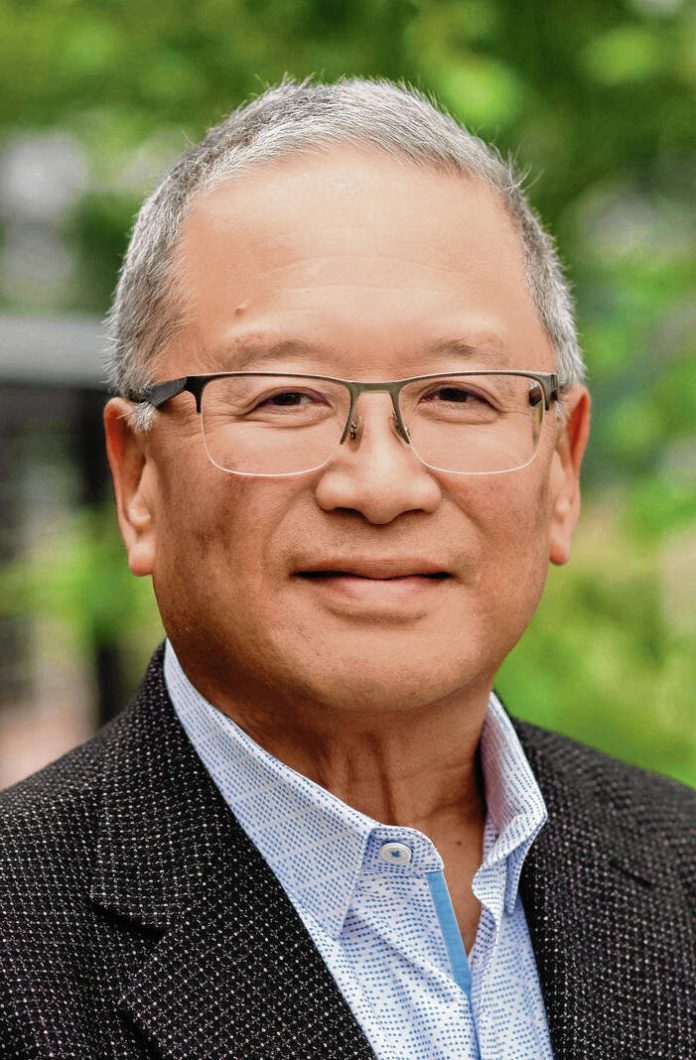In “Just think: The challenges of the disengaged mind” (Science—July 2014), Timothy Wilson, a social psychologist at the University of Virginia and colleagues studied whether participants were capable of sitting alone (and without electronic devices) in quiet thought. Spoiler alert — they weren’t.
Participants were left alone in a room where they could push a button and give themselves an unpleasant-but-not-harmful electrical shock. Surprisingly, they found many participants elected to receive this negative stimulation over no stimulation. Perhaps not surprising, 67% of the men self-administered at least one shock (one fellow found it enjoyable/amusing enough to shock himself 190 times!) compared to “only” 25% of the women.
Their conclusion was, “most people seem to prefer to be doing something rather than nothing, even if that something is negative.” On the surface, that statement has nothing to do with investing, but deeper down it has everything to do with successful investing.
The investors’ mantra “buy low, sell high” seems both simple and easy, but unfortunately we humans are hard-wired to do just the opposite and our bad habits of “chasing performance” and trying to “time the market” cause ourselves financial harm.
Since 1994, investment research firm Dalbar has published its Quantitative Analysis of Investor Behavior (QAIB) report, which measures the effects of investor decisions to buy, sell and switch into and out of mutual funds. Mutual funds report returns for prescribed periods (such as 1-year, 3-years, 5-years and Since Inception). However, these “investment returns” (“time-weighted” —assumes a dollar invested at the beginning of the period remains untouched for the entire period) can vary dramatically from the “investor returns” (“dollar-weighted” — adjusted for fund inflows/outflows during the period) actually received.
According to Dalbar, “the results consistently show that the average investor earns less-in many cases, much less-than mutual fund performance reports would suggest.” Further, the best financial professionals double as behavioral finance coaches of their clients and “the goal of QAIB is to improve performance of investors by managing behaviors that cause investors to act imprudently.”
From 1992-2022 (30-years, encompassing the dot-com bubble/crash, 9/11, Global Financial Crisis, COVID pandemic and brutal 2022), the S&P 500 still posted an average annual return of 9.65%. Unfortunately, our human tendency is to get scared and sell at the bottom and get excited and buy at the top, so Dalbar calculated the average U.S. equity mutual fund investor had an actual average annual return of only 6.81% (almost 30% less than the S&P 500). In dollars, $100,000 invested in the S&P 500 on Jan. 1, 1992 and left alone would have grown to $1,585,839) by Dec. 31, 2022. That same $100,000 subject to the fear/greed of the average investor (and facilitated by hustlers offering “zero commission” trades at the click of a button) actually grew to only $721,701 (less than half).
In fact, investor results are more dependent on investor behavior than on fund performance.
For example, in a June 2023 report, Morningstar examined the “investment” and “investor” returns for Cathie Wood’s ARK Innovation EFT, the poster child of the speculative excess unleashed by the pandemic. ARKK posted a spectacular, headline-grabbing return of 152.8% for 2020, turning “Aunt Cathie” into a folk hero prophet preaching the power of “disruptive innovation.”
Morningstar noted while ARKK’s 9.6% stated annualized return from its late 2014 inception through May 31, 2023 (it’s “investment return”) was solid, after adjusting for the timing of cash inflows and outflows, “investor returns” were actually about minus 25%, resulting in a “behavior gap” of about minus 35%.
The huge difference between ARKK’s stated returns and investor returns was because most of ARKK’s spectacular performance occurred when it had far fewer shareholders. In fact, Morningstar calculated about 90% of the dollars invested in ARKK since its inception in 2014 through the end of 2021 came in 2020 and 2021, just as performance was peaking and starting to roll over (posting “investment returns” of -23.4% in 2021 and -67.0% in 2022).
— Stay calm. Since 1980 there have been 12 bear markets (declines of 20% or more). They are a scary, but normal part of your investment journey.
— Stay in. If you invested $100 in the S&P 500 on Jan. 1, 1973 and left it alone, you would have had $3,252.44 on Dec. 31, 2022 (and 2022 was a terrible year). However, if you had missed only the single best day in each of those 50 years because you got scared, you would have had only $540.23.
— Stay the course. The longer your investment time horizon, the less volatility you will experience and the higher your odds for a positive outcome. From January 1950 through December 2022, rolling one-year returns were positive 79% of the time (range -43.3% to 61.2%). Rolling 10-year returns were positive 97% of the time (range shrank to -3.4% to 19.5%).
French philosopher Blaise Pascal (1623-1661) famously said, “all of humanity’s problems stem from man’s inability to sit quietly in a room alone.” Remember those words the next time you feel the urge to “don’t just sit there, do something.”
Mickey Kim is the chief operating officer and chief compliance officer for Columbus-based investment adviser Kirr Marbach & Co. Kim also writes for the Indianapolis Business Journal. He can be reached at 812-376-9444 or [email protected].





